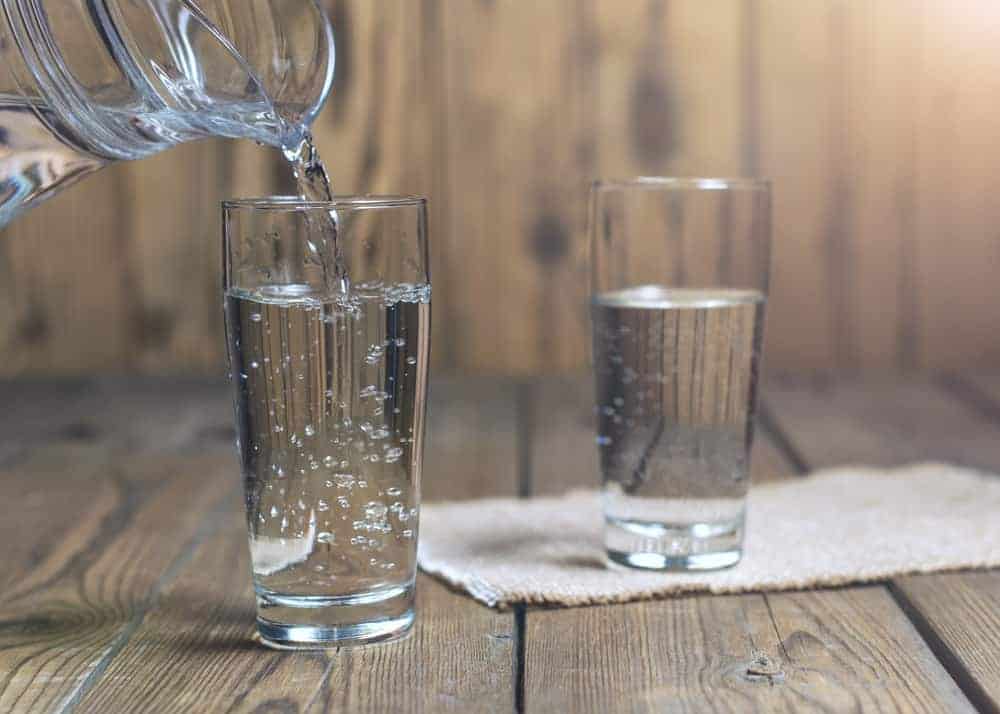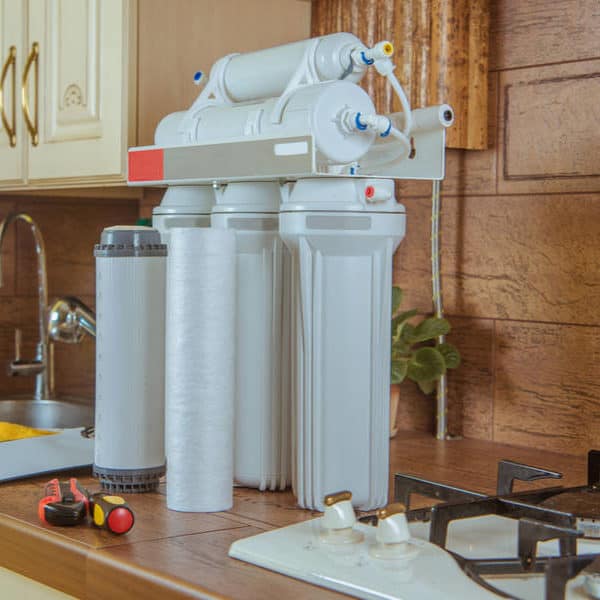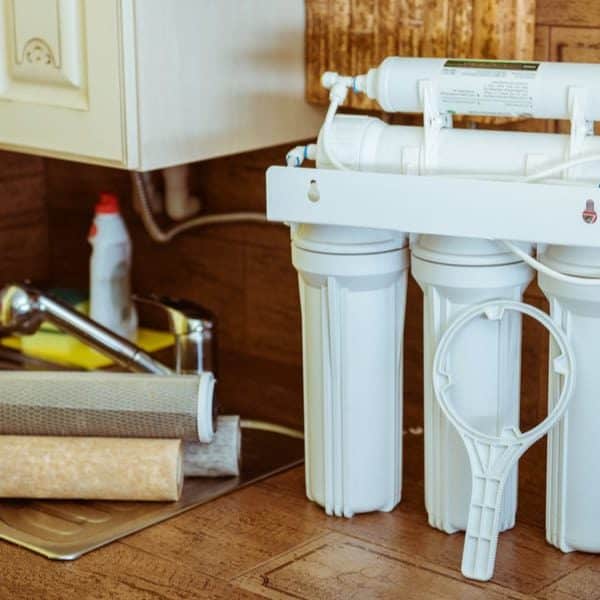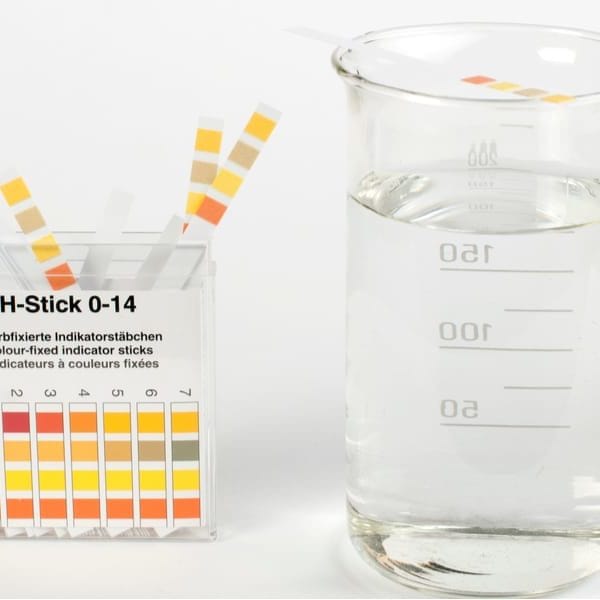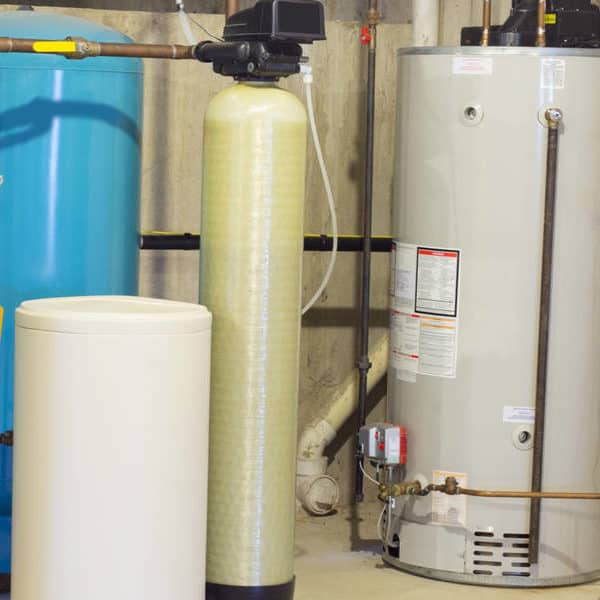Since ancient times, humans have always loved clean water. During this period, you could quickly get it from natural water bodies. But as time passed, most water sources became polluted.
Luckily, scientists created devices to purify unsafe water. With these ideas, companies and local authorities can supply water fit for human consumption and use. Governments also provided rules that ensured the supply of safe water.
Are you curious about the best ways to clean your water? Do you want to know the best drinking water purification methods you can use at home? Well, let’s answer your questions with these tips to make water potable and safe to drink.
Potable Water vs. Non-Potable Water
Water, which is safe for drinking, is called portable water. Usually, tap water from treatment plants has this quality. However, you might need to purify the water since they can contain toxins or debris.
When untreated water comes from natural water sources (e.g., rivers), it’s known as non-portable water. Even if it does not smell or have a funny taste, it contains toxins and other harmful materials. Hence, you will have to look for how to make water safe for drinking at home.
Ways to Make Water Safe for Drinking at Home
1. Cleaning the Water with Household Chlorine/Bleach
Most times, people use chlorine to clean swimming pools. However, some water treatment plants use this substance (in small amounts) to remove the toxins in unsafe drinking water.
Household Chlorine/Bleach
You can also use household grade chlorine to purify your drinking water. Also known as bleach, this substance contains 4% to 6% chlorine. Furthermore, the amount of the active ingredient in the cleaner determines the amount you should add to the water.
To clean the water with this product, pour two drops of unscented bleach for every liter of water. For every gallon, add eight drops of the household grade chlorine. Allow the solution to stand for 30 minutes. Then you can drink it.
This method stands as an ideal way to clean water from natural water bodies such as rivers and streams. You can also use it to remove the harmful substances in tap water from underground sources.
Even if this method kills bacteria and several viruses, it requires more time to fight some impurities. For microorganisms such as Norovirus, you will have to wait about an hour before drinking the water. For Giardia, you will have to let the bleached water stand for at least 45 minutes before drinking.
Chlorine Tablets
If you want additional tips to make water potable and safe, consider using a chlorine tablet. These products can destroy bacteria and viruses between 30 – 45 minutes. You can also add them to your list, especially when you travel to a remote or new location.
Since you can use the pills without worrying about measurements, this is an ideal option for people who travel to areas with poor drinking water. You can even carry the pills in your backpack with ease.
2. Cleaning the Water by Reverse Osmosis System
Reverse osmosis system is another tip to make water potable and safe. In this system, water moves (with force) through a semi-permeable membrane, thereby removing any impurities.
You can describe osmosis as a natural process where a solution with low concentration levels (e.g., freshwater) travels towards a solution with high concentration (seawater). But if you apply external pressure, the highly concentrated solution moves to the solution with lower concentration levels.
If the process occurs in the presence of a semi-permeable membrane, the filter will allow water to pass while trapping the larger ones. In the end, you will get pure drinking water without any toxins.
Since the screen extracts impurities at a molecular level, it comes as a suitable option against bacteria, viruses, and sediments. It also removes minerals without the help of a water softener.
Many establishments use this water purification method, including treatment plants and military units. You can also install a smaller RO system in your home, thereby enjoying clean water from your pipes.
Installing an RO system is quite expensive and needs regular maintenance. But it stands as an ideal option for cleaning up portable water.
3. Use a Water Filter
Filtration stands as one of the ways to purify water at home. After all, it does not require special instructions while adapting to any pool. You can get this device as a whole house water filter or a portable one. But the popular models attach to your sink and fridge via the waterline.
A proper filter has regular and activated charcoal placed in a circular block. With these substances, the filter extracts pollutants from the water. As the liquid moves through the carbon material, the impurities stick to its surface, thereby producing clean water.
Activated charcoal can extract up to 81 compounds from water. It can also take out 12 forms of herbicides and a minimum of 14 herbicides. You can also use the carbon to remove unpleasant smells from municipal tap water.
To ensure the filtration system lasts, replace the inner filter. If you use a large model, remember to change the inner filter every six months while the smaller water filters require replacements at more regular intervals.
Since water filters come in small sizes, you can add them to your backpack, especially when traveling or camping. With this tool, you can remove pollutants and parasites from water gotten from river, stream, or lake water. Even if the water looks clean, it can contain particles such as bacteria, viruses, and dirt.
Many homes regard it as the best ways to make water potable and safe to drink. With this method, you spend less cash and move the unit with ease. It works with a few steps while enduring years of regular use (if properly maintained).
4. Boil Your Water
One of the natural ways to purify water at home includes placing a container of water over a heat source. Apart from remote locations, many people in big cities use this method to produce portable water. By boiling the water at above 70°c, you can destroy any form of microorganisms. It should also remain above the heat with the correct timing.
To clean your water using boiling method, pass the liquid through a coffee filter or clean cloth. This takes out any large particles in the unclear water.
Afterward, heat until the water has bubbles (boils). Allow it to boil for at least 60 seconds. But if you stay in a location above 5,000 ft, you will have to cook the water for 3 minutes.
Pour the heated water into a clean container and place a lid to avoid dirt and toxins. Before drinking, move the container from side to side to improve the taste of the water. You can also change the flavor by pouring the water into another canister.
5. Distill Your Water
This method involves gathering the water droplets from evaporated steam. It also stands as the best way to remove pollutants from drinking water; thereby making it has popular with various people across the world.
To clean water with this method, you will need a cooking pot or kettle, a bowl, or a container to collect the moisture. You should also get a tube that the vapor passes through and a device that produces heat.
When the water reaches the boiling point, the vapor moves through the tube and flows into the other vessels. Since particles cannot stay in steam, the water droplets will not contain pollutants and pathogens.
Unfortunately, this process can also destroy vital minerals and salts in the water. To solve this problem, you will have to toss in some supplements or eat mineral-rich food.
6. Clean the Water with a UV Light Purifier
You can take out the pathogens in the water with this device,. It comes in the form of a pen-shaped light built into a water bottle.
To use the pen model, pass the water through a coffee filter or clean cloth to remove the sediments. You must remove the large particles, or the device will not work.
Then turn on the light and place it in the water. Move the device around the water for a few minutes (as instructed by the manual). Then take out the penlight and consume the water.
7. Clean the Water with Iodine Treatment
Apart from fighting thyroid problems, iodine plays a significant role in the purification of water. Here, it destroys harmful microorganisms at the cellular level. You can get this substance as a crystal, tablet, liquid, and tincture.
Iodine also destroys Giardia, especially after staying in water for a minimum of 50 minutes. But it cannot kill some parasites such as Cryptosporidium.
If you want to use iodine in the tincture form, mix two drops for each quart of clean drinking water. But if the water looks cloudy, toss in 10drops for each quart. Allow it to sit for a minimum of 30 mins before use.
For crystal or tablet iodine, use the instructions on the packaging: most times, a container of crystal iodine can clean up to 2000 quarts of drinking water.
Iodine is sensitive to light and should always in a dark bottle. Like Chlorine, Iodine can come in the form of tablets, which allow for convenience and ease of carrying.
All forms of iodine react to light. To avoid this problem, store the product in a dark-colored bottle. As mentioned earlier, you can get this substance in tablet form, thereby allowing smooth movement and usage.
Overall, do not use water treated with Iodine method for children, pregnant women, and people with unhealthy thyroids. Hence, you should only use iodine as a last option for cleaning your drinking water with the following steps.
Wrap Up
The human body requires water for many functions. Hence, you need to take portable water to keep your body healthy.
But if you cannot get a clean supply, you can purify it with any of provided 7 tips to make water potable and safe to drink. Some of our ideas come as traditional while others use cutting edge technology. To get perfectly clean water, combine various methods.
We hope you enjoyed our article on how to make water safe for drinking at home. Please feel free to drop your questions and comments in the space below.
